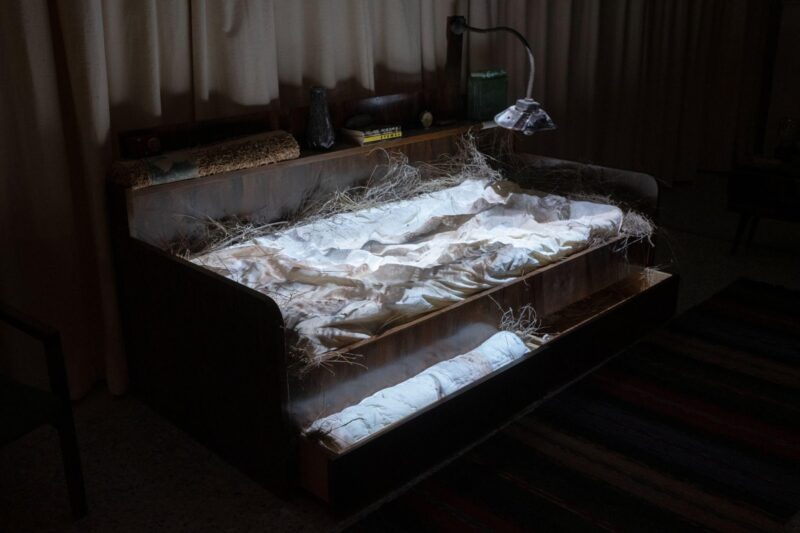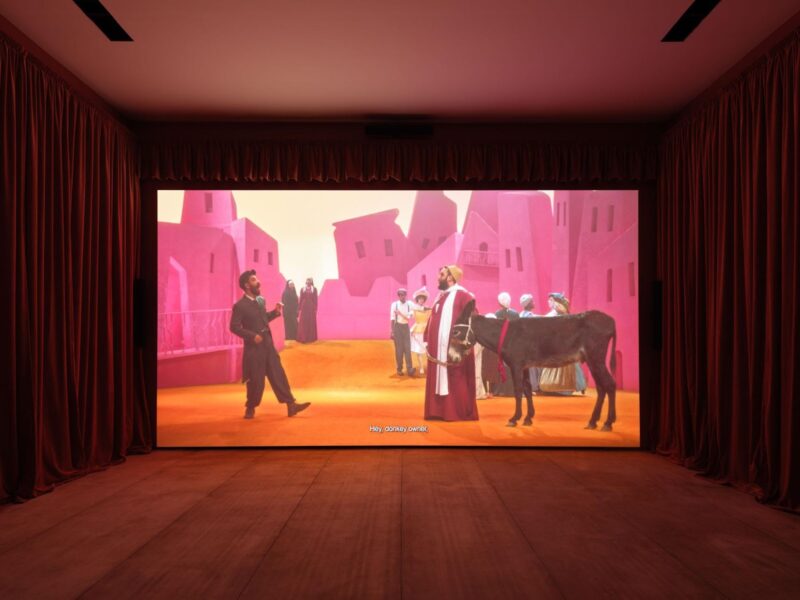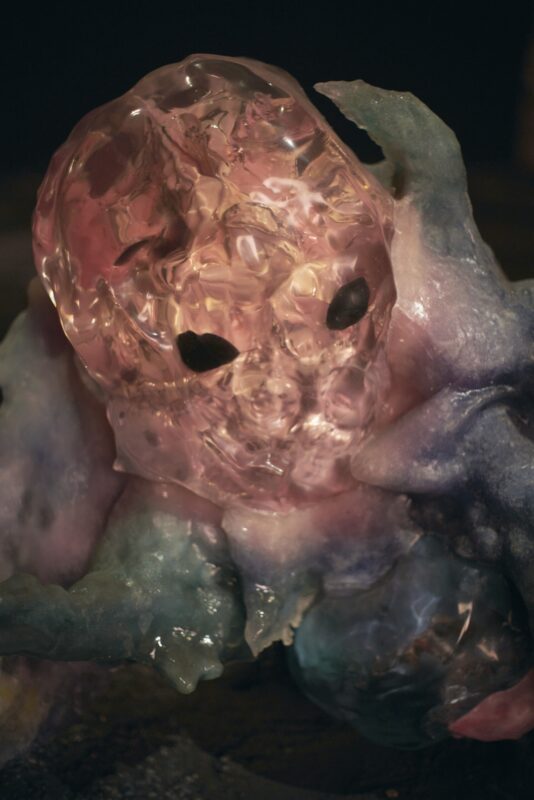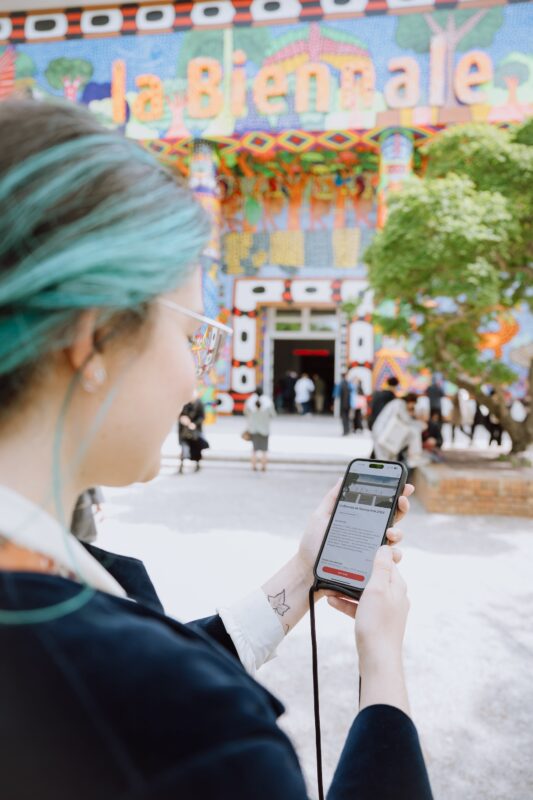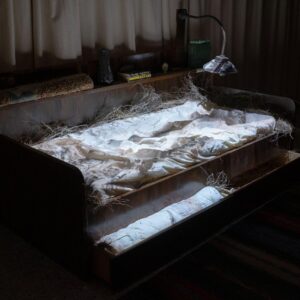
Stranieri Uvunque (Foreigners Everywhere) is the theme of the 60th Edition of the Biennale Arte, the contemporary art world’s biggest international event. The 2024 Biennale Arte feels even vaster than ever – in 2022 there were 80 national pavilions, while the 2024 edition features close to 88, with over 330 artists exhibiting. National Participations can be found in the historic Pavilions at the Giardini, as well as at the Arsenale and the centre of Venice, while 4 countries are taking part for the first time; Ethiopia, the Republic of Benin, Democratic Republic of Timor Leste and the United Republic of Tanzania.
Adriano Perosa, artistic director of the Museu de Arte de Sao Paulo, is the first Latin American curator to be entrusted with the honour of curating the prestigious Biennial Arte. Stranieri Uvunque, Perosa’s theme for the keynote exhibition of the Venice Biennale’s 60th edition, explores the idea of the ‘stranieri’ or ‘foreigner’, with a focus on exiles, émigrés and outsiders.
Pedrosa sees a dual meaning within the theme, which suggests that wherever we travel, we will encounter those that we perceive as ‘foreigners’, but also it implies that ultimately we are all foreigners in some sense. He explains:
“no matter where you find yourself, you are always truly and deep down inside a foreigner yourself.”
Stranieri Ovunque touches upon universal issues of otherness and the coexistence of diversity, with Pedrosa’s curation of the central exhibitions featuring immigrant, expatriate, diasporic, exiled, indigenous and refugee artists from the Global South, as well as marginalised and Queer artists.
The titular artwork by Claire Fontaine (a Palermo-based collective consisting of Italian artist Fulvia Carnevale and British artist James Thornhill) consists of neon signs featuring the slogan Foreigners Everywhere, which are exhibited in various colours and languages at the Giardini and Arsenale.
Coming at a moment in history when multiple conflicts are raging around the world and the planet faces an existential threat not only from war but from the damaging effects of climate change, the Stranieri Uvunque theme captures the zeitgeist with a disturbing irony, as a comment on the alienation or persecution felt by many marginalised or minority groups through history, and a warning that humanity can only progress if we embrace our otherness and welcome ‘foreigners’ before distrust and suspicion leads to an irreversible breakdown in global communications.
Lee Sharrock picks out some highlights of the Pavilions.
Great Britain John Akomfrah Listening all Night to the Rain
Curator: Tarini Malik Giardini

Artist and filmmaker John Akomfrah’s multi-facted practice encompasses film, sound design and sculptural installation, and explores the experiences of migrant investigation of memory, racial injustice, diasporas and climate change.
Akomfrah’s epic, multi-room, multiple-screen installation Listening All Night To The Rain looks at questions of ecology, post-colonialism, ecology and the politics of aesthetics, with a focus on the sonic and the act of listening. The exhibition is seen as a manifesto that encourages the idea of listening as activism and is conceived as a single installation with eight interlocking and overlapping multi-screen sound and time-based works.
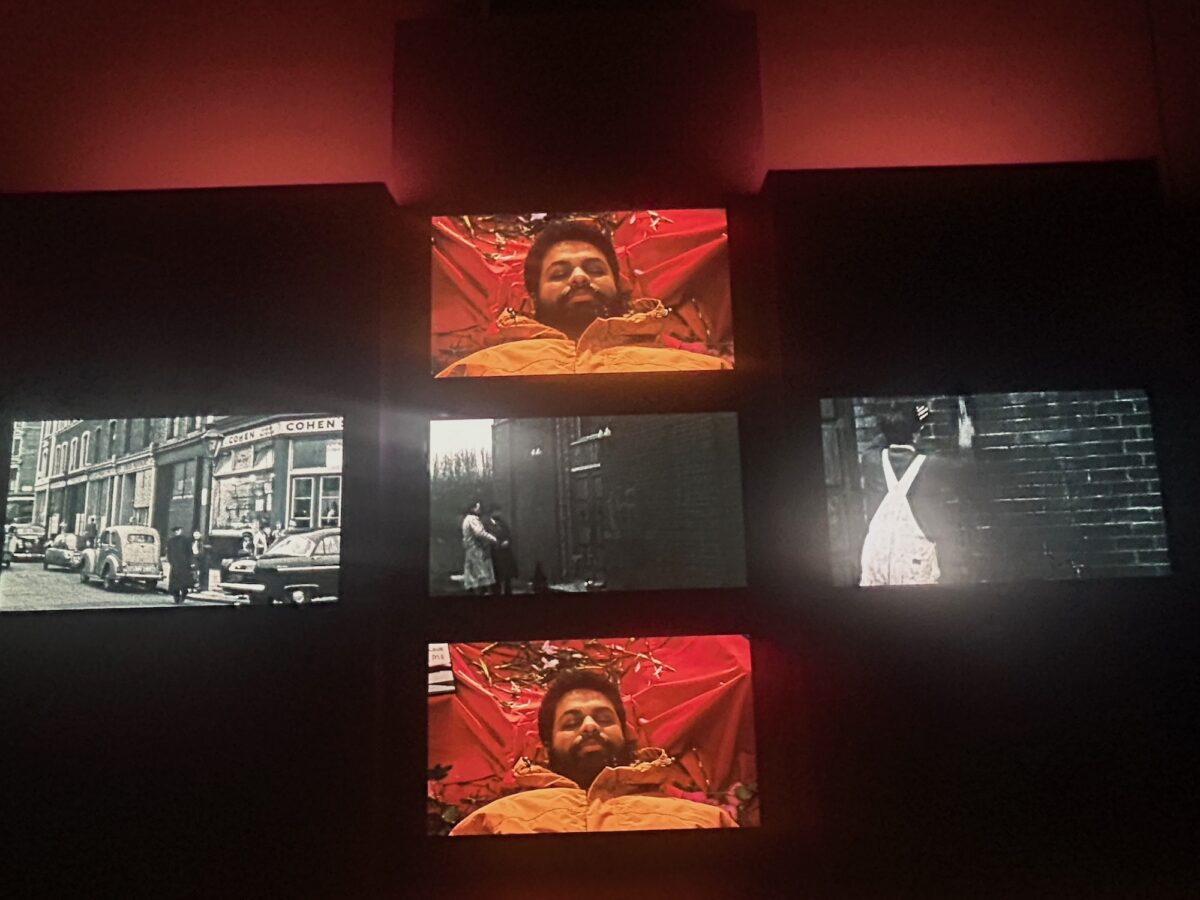
Listening All Night To The Rain is inspired by the 11th century Chinese writer and artist Su Dongpo’s poetry, which explored the transitory nature of life during a period of political exile. The exhibition results from decades of extensive research and weaves together newly filmed material with still images and archive video footage. Curated in a series of song-like movements, or ‘cantos’, there are 8 interlocking and overlapping multimedia and sound installations telling the stories of migrant diasporas in Britain. The colour palette of each gallery is influenced by Rothko’s paintings, and layers together a specific colour field.
labiennale.org/en/art/2024/great-britain
USA Jeffrey Gibson The space in which to place me
Curators: Kathleen Ash-Milby and Abigail Winograd Giardini

Interdisciplinary artist Jeffrey Gibson, a member of the Mississippi Band of Choctaw Indians and of Cherokee descent, is the first time an indigenous solo artist has represented the USA at Biennale Arte. Gibson grew up in major urban centres in the United States, Germany and Korea, and through his artistic practice has created a hybrid visual language inspired by American, Indigenous, and queer histories. His multi-faceted work combines intricate beadwork, colourful textiles and intertribal aesthetics and comments on complex cultural expressions and the experiences of Indigenous communities in the United States. By engaging with difficult histories rather than erasing them, he sets out to forge a more inclusive vision of a future with equality for indigenous and queer people.
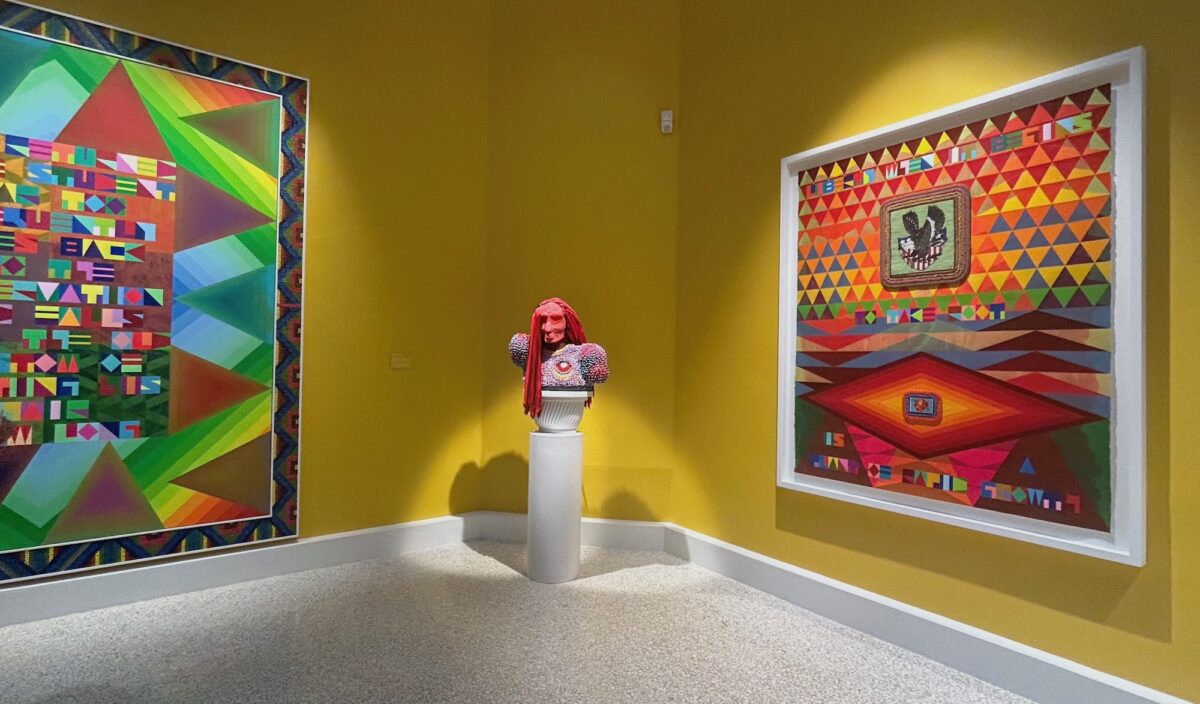
labiennale.org/en/united-states-america
Australia Archie Moore Kith and Kin Curator: Ellie Buttrose Giardini
Indigenous Artist Archie Moore has been awarded the Golden Lion for Best National Pavilion, the first Golden Lion for Australia.
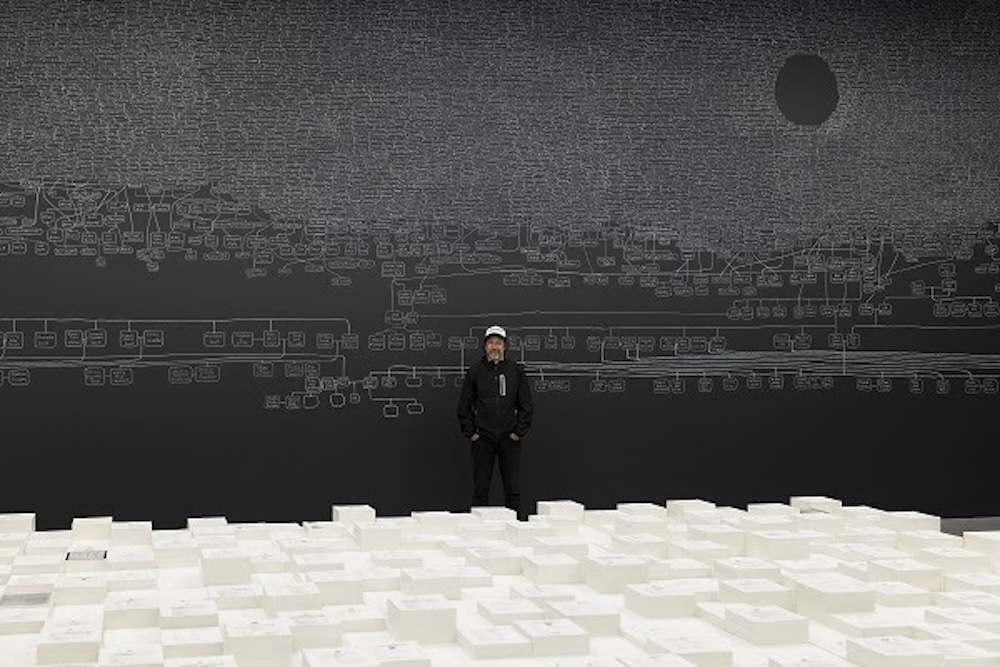
Moore covered the exterior of the Australia Pavilion with blackboard paint and inscribed his family tree on the walls and ceiling with white chalk. He didn’t stop at his own family tree, creating a mural tracing his Kamilaroi and Bigambul relations back in time for more than 65,000 years. Kith and Kin is the result of more than 4 years research and the genealogical chart equates to a kind of First Nations family tree. He installed a reflective pool in the centre of the Pavilion that pays tribute to the injustices faced by First Nations peoples today, with a stack of 500 documents above the pool referencing the deaths of indigenous Australians in police custody.
First Nations peoples of Australia are some of the oldest continuous living cultures on Earth, and statistically one of the most incarcerated. Archie Moore’s kith and kin is both evidence and reminder of these facts. Handwritten across the walls and ceiling, the family tree engulfs the audience.
After winning the Golden Lion Archie Moore commented:
As the water flows through the canals of Venice to the lagoon, then to the Adriatic Sea, it then travels to the oceans and to the rest of the world – enveloping the continent of Australia – connecting us all here on Earth. Aboriginal kinship systems include all living things from the environment are in a larger network of relatedness, the land itself can be a mentor or a parent to a child. We are all one and share a responsibility of care to all living things now and into the future.
Nigeria – Nigeria Imaginary
Curator: Aindrea Emelife, Dorsoduro
Nigeria Imaginary featuring Tunji Adeniyi-Jones, Ndidi Dike, Onyeka Igwe, Toyin Ojih Odutola, Abraham Oghobase, Precious Okoyomon, Yinka Shonibare CBE RA, Fatimah Tuggar
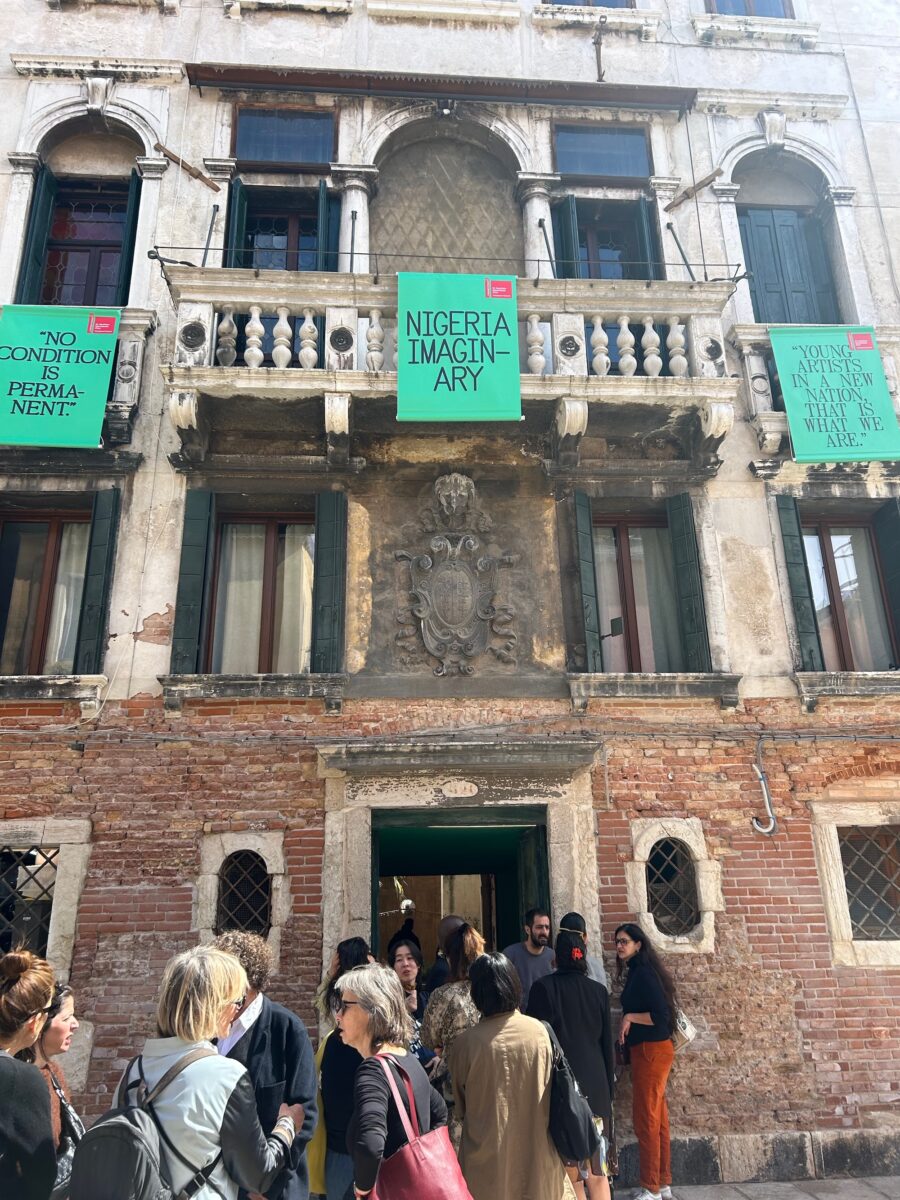
How do you imagine a Nation? Can we make a contemporary parable? These are the questions posed by the Nigeria Pavilion presentation Nigeria Imaginary, which explores great moments in Nigeria’s history and looks ahead with optimism to the Nigeria that could be. Painting, sculpture, installation, AR, sound, film and photography from Tunji Adeniyi-Jones, Ndidi Dike, Onyeka Igwe, Toyin Ojih Odutola, Abraham Oghobase, Precious Okoyomon, Yinka Shonibare CBE RA and Fatimah Tuggar present different perspectives, nostalgic memories and projections of the future for Nigeria.

Yinka Shonibare CBE RA explores the Benin Expedition of 1897 and presents a new way to understand the looted objects. Toyin Ojih Odutola reimagines a new world centred around the Mbari House. Onyeka Igwe and Abraham O. Oghobase explore the colonial hangover and question the future of this legacy. Tunji Adeniyi-Jones looks to the history of Nigerian modernism to evoke an alternative art-historical future. Fatimah Tuggar presents a utopic vision for a new Nigeria and Ndidi Dike assesses the intersection between the 2020 EndSARS protests in Nigeria and the global movement of Black Lives Matter. And Precious Okoyomon invites visitors into a dream state.
labiennale.org/en/art/2024/nigeria
Brazil Ka’a Pûera: we are walking birds,
Curators: Arissana Pataxó, Denilson Baniwa, Gustavo Caboco Wapichana, Giardini
Featured artists; Glicéria Tupinambá con Comunità Tupinambá della Serra do Padeiro, Olivença a Bahia, Olinda Tupinambá, Ziel Karapotó

Brazil’s Pavilion consists of a group exhibition featuring all indigenous artists for the first time, reflecting on 5 centuries of invasion and examining the legacy of colonialism. This choice of indigenous Brazilian artists feels particularly poignant following an era of land grabs, environmental destruction and massacres of indigenous leaders that came to a boiling point under Jair Bolsonaro’s previous right-wing government.
The exhibition title Ka’a Pûera has a double meaning, alluding to a space in the field and a bird camouflaging itself with the forest floor, and relates to the concept of the Hãhãwpuá Pavilion (ancestral territory), which brings Brazil’s history of resistance to life through the works of Glicéria Tupinambá, Olinda Tupinambá, Ziel Karapotó, and the Tupinambá Community of the Serra do Padeiro and Olivença villages in Bahia.
Glicéria Tupinambá summons the mantles of her people and forms Okará Assojaba, the council of listening elders. Tupinambá’s video instalaltion Dobra do tempo infinito (Fold of Infinite Time) shows trawling nets that form connections between weaves and traditional costumes. Ziel Karapotó’s installation combines fired cartridges and maracas and confronts colonial processes. Olinda Tupinambá amplifies the voice of Kaapora, a spiritual entity that watches over our relationship with the planet. Ka’a Pûera takes place during the year that one of the mantles returns to Brazil from Europe, where it has been since 1699, updating issues of colonization — and finding the Tupinambá and over 300 Indigenous peoples in Brazil who continue their struggles as Ka’a Pûera, birds that walk over resurgent forests.
labiennale.org/en/art/2024/brazil
France Julien Creuzet ‘Attila cataracte ta source aux pieds des pitons verts finira dans la grande mer gouffre bleu nous nous noyâmes dans les larmes marées de la lune’
Curators: Céline Kopp, Cindy Sissokho Giardini
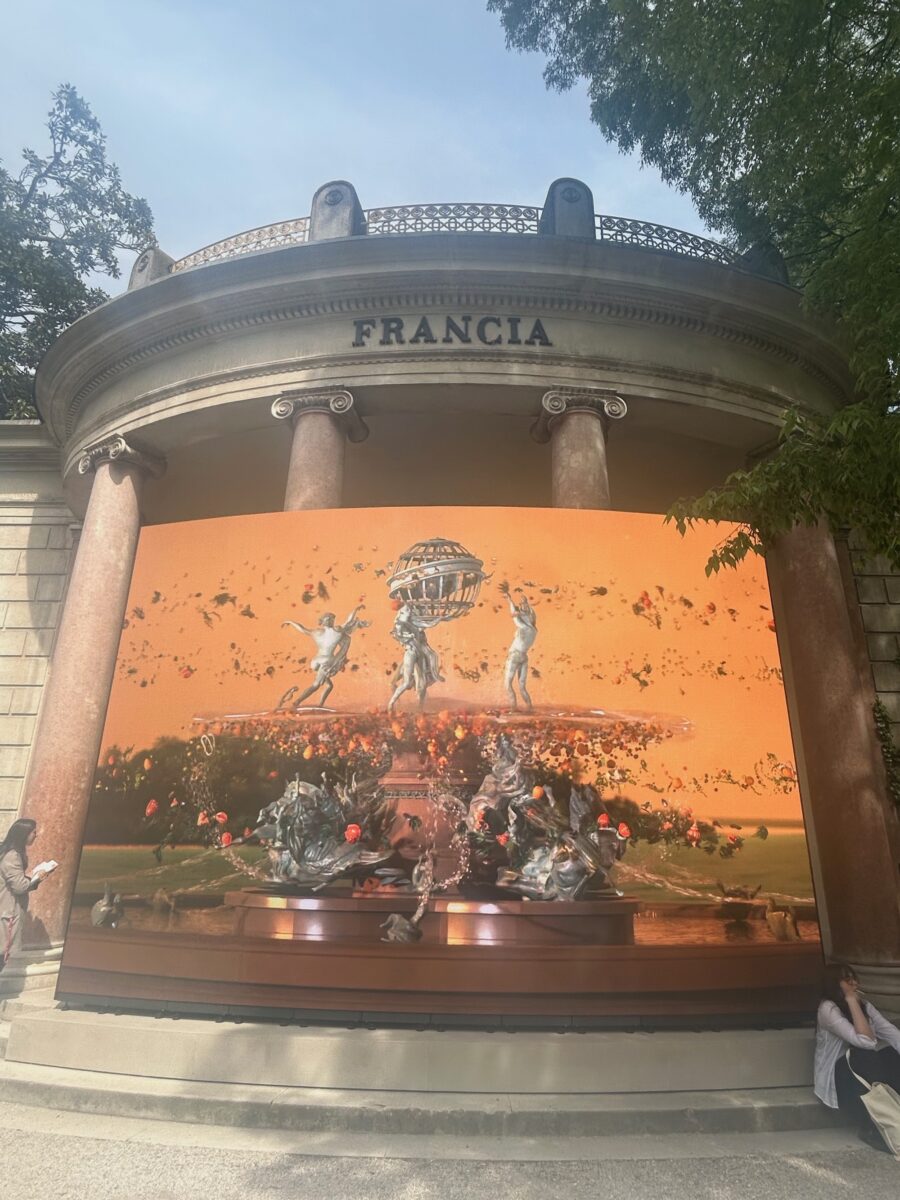
Martinique artist Julien Creuzet has been chosen to represent France at the 60th Biennale Arte. Creuzet’s multi-media installation commences on the exterior of the Pavilion with a captivating video installation, and continues inside with video, sculpture and sound art.
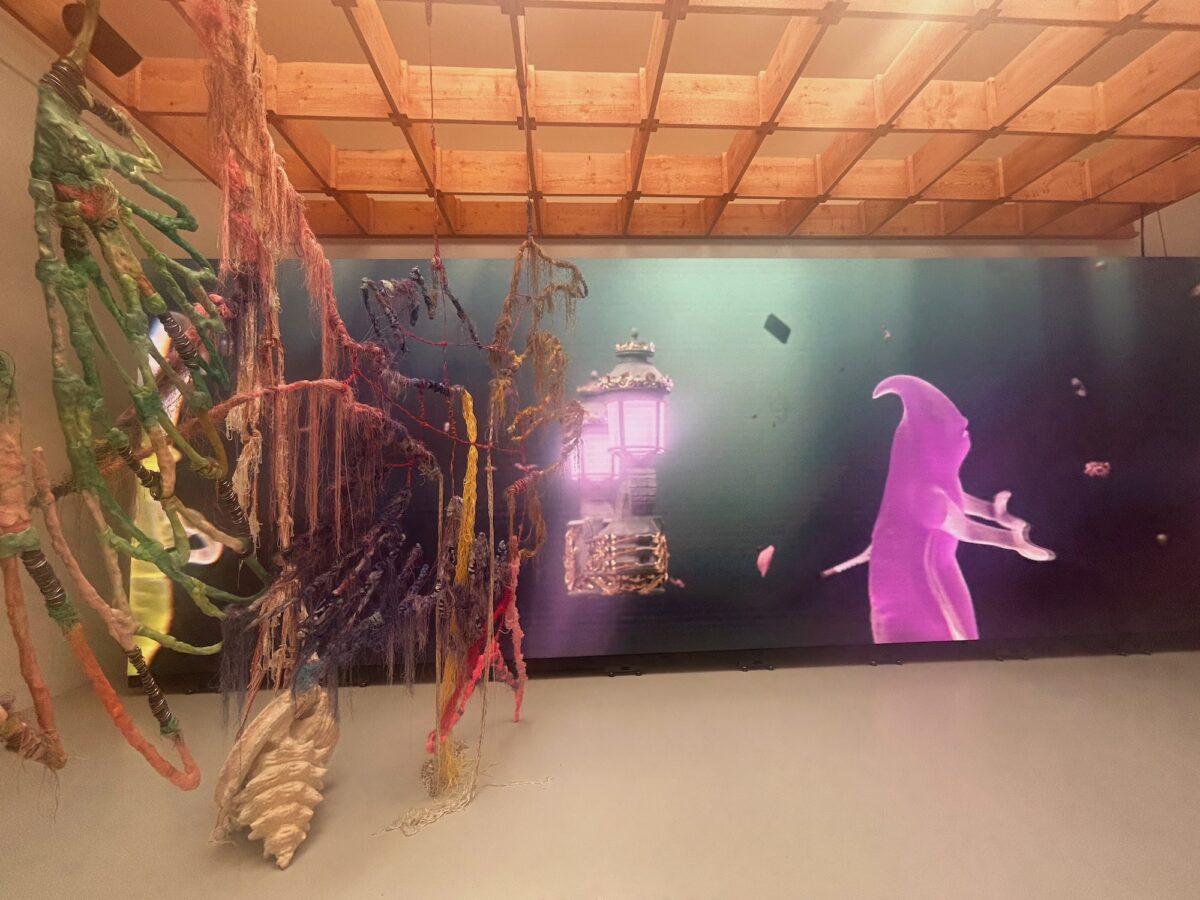
Creuzet was inspired by the sight of the matoutou Falaise, which is viewed as a gift when it appears in dense forests, on the bark of the Zamana trees or the rocks of the Martinique shores. It requires a deep connection to the environment; an eye that sweeps the contours and glides over the textures. This way of seeing is what Julien Creuzet strives to offer through the experience of his work, which offers an immersion in a poetry of forms and sounds, volumes and lines in movement, colourful encounters forming new languages: an experience to be lived deeply. Creuzet’s forms stem from a locus of emancipation, which must be felt to truly see. It is a moment of learning and unlearning as a reconciliation with our senses, as well as a space to be untranslated and liberated.
labiennale.org/en/art/2024/france
Egypt Wael Shawky Drama 1882
Egyptian artist Wael Shawky uses performance, film, sculpture and drawing to examine and invert common notions of national and religious identity by recasting existing viewpoints of history. Taking the year 1882, and Egypt’s seminal Urabi revolution (1879–1882) against imperial rule as a starting point, Shawky’s epic musical Drama 1882 recasts the narrative lens on the dramatic sequence of events that began with a café fight, erupted into riots, and ended in a full- scale bombardment of Alexandria by British forces and the historic Battle of Tel El Kebir. A film of the musical is shown in the Egyptian Pavilion, and continues Shawky’s ongoing practice of historical renditions.
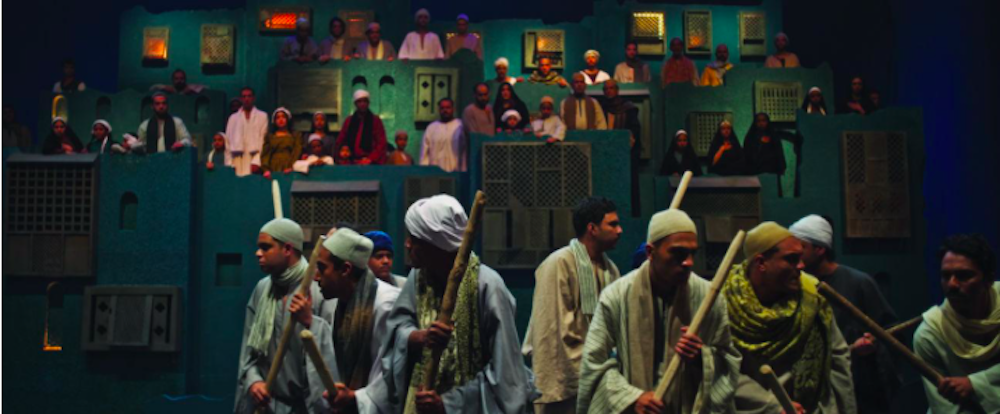
Characterized by rigorous research, Shawky’s practice is rooted in his deep relationship to the history and cultural heritage of the Arab world. His work premises history to be a record of subjectively depicted sequences rather than indisputable facts, which he posits to create elaborately choreographed re-stagings and interpretations of historic events. In El Araba El Madfuna (2012), children come to pay homage to an ancient archaeological city and its surrounding mythologies, while in Cabaret Crusades (2013) medieval clashes between Muslims and Christians become a Homeric trilogy retold from an Arab perspective.
labiennale.org/en/art/2024/egypt
The Biennale Arte – November 24, 2024, Venice labiennale.org/it/arte/2024
All photos Lee Sharrock ©Lee Sharrock except where stated.
